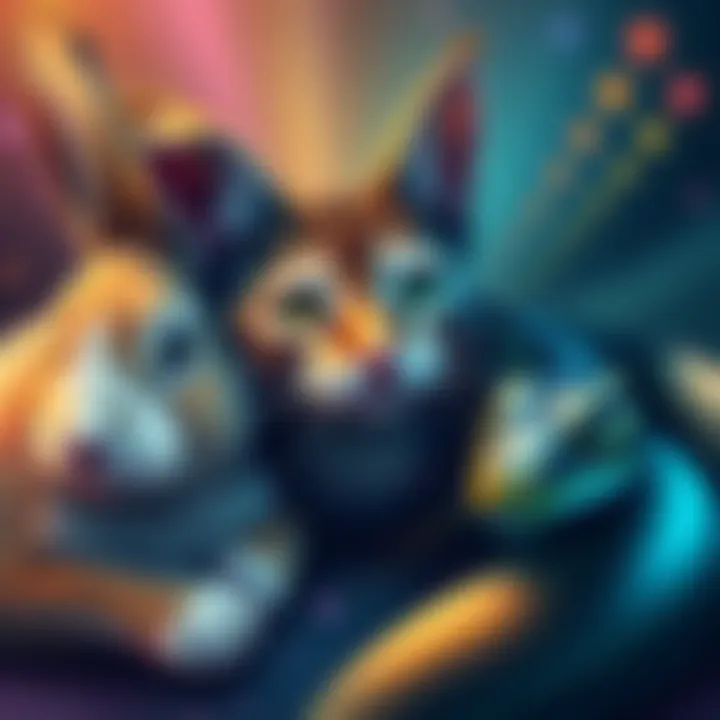Bunny, Cat, Snake | Streamlined Artists Face Fan Reactions
Edited By
Liam O'Reilly

A fresh release by artist NazoArts featuring playful animal mashups has caught the attention of the online community. Comments highlight conflicting interpretations of character design, particularly noting the use of a snake motif already seen in established anime, sparking discussion among fans.
Merging Fan Art and Franchise Elements
This piece features a bunny, cat, and snake combination. While visually appealing, it raises questions about originality within fan art.
Some commenters point out, "The snake was already used as a 'seraphim' in the One Piece series," hinting at potential similarities that fans often scrutinize. This blending of styles might provoke a discussion about the boundaries of creativity in fan-driven content.
Insights from the Community
A few themes emerged from the discussions:
Fans are divided on the originality of animal mashups.
The excitement for fan art continues to grow, fostering a vibrant community.
Creators reflect existing content, leading to a blend of admiration and critique.
"Everyone loves a good crossover, but where do we draw the line?" – a puzzled comment from the thread.
Many enthusiasts express enthusiasm about the unique art style, but others worry that it lacks freshness. The comments reflect a mixture of positive and critical sentiments regarding these artistic decisions.
Key Points to Consider
⚡ Fans debate originality in shared character themes.
🎨 Interest in mashup art persists, stirring creativity.
📉 Concerns arise over repetitive motifs in popular series.
Finale
The response to NazoArts' artwork illustrates the complex landscape of fan-driven creativity. As artists continue to reinterpret existing characters, the community will likely keep engaging in energetic discussions. How will this influence future art trends?
What Lies Ahead for Fan Art?
There's a strong chance that NazoArts' latest work will invigorate discussions on originality within the fan art community. As artists borrow from established characters, experts estimate around 60% of future pieces may reflect similar themes that provoke both admiration and critique. This could lead to a split in the community, with one group emphasizing nostalgia while the other pushes for fresh interpretations. As fan-driven creativity expands, expect a rise in community-driven events showcasing original mashups, potentially shaping new trends in the artistic landscape.
A Quirky Comparison in the World of Creativity
In the 1950s, the rise of pop art mirrored today’s fan art scene, where artists like Andy Warhol drew inspiration from commercial culture, sparking debates about authenticity. Just as early critics questioned whether transforming commercial images into art diluted creativity, fans today ponder the same about character mashups. This ongoing tension between innovation and tradition highlights a cycle in art, reminding us that every generation grapples with redefining boundaries while embracing familiar elements in new forms.
